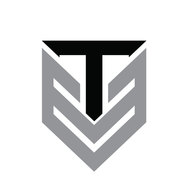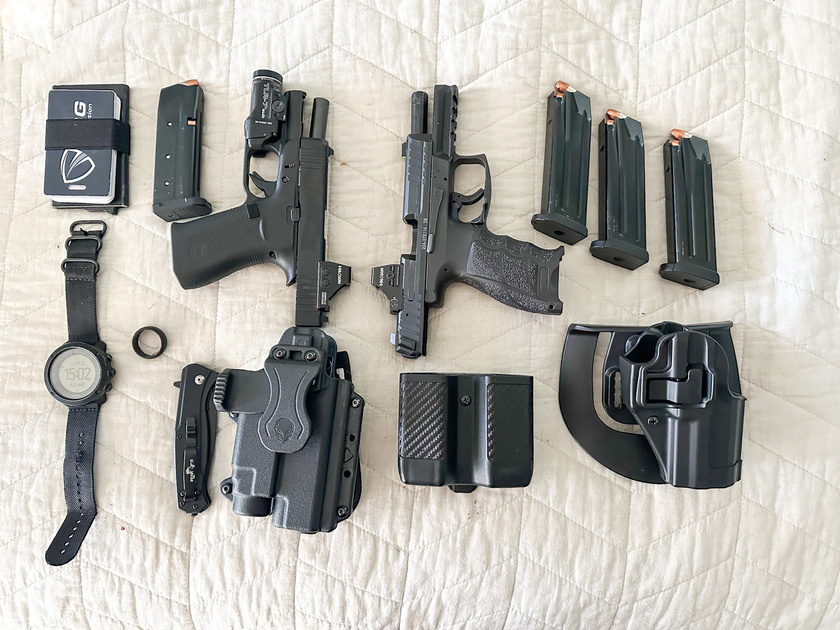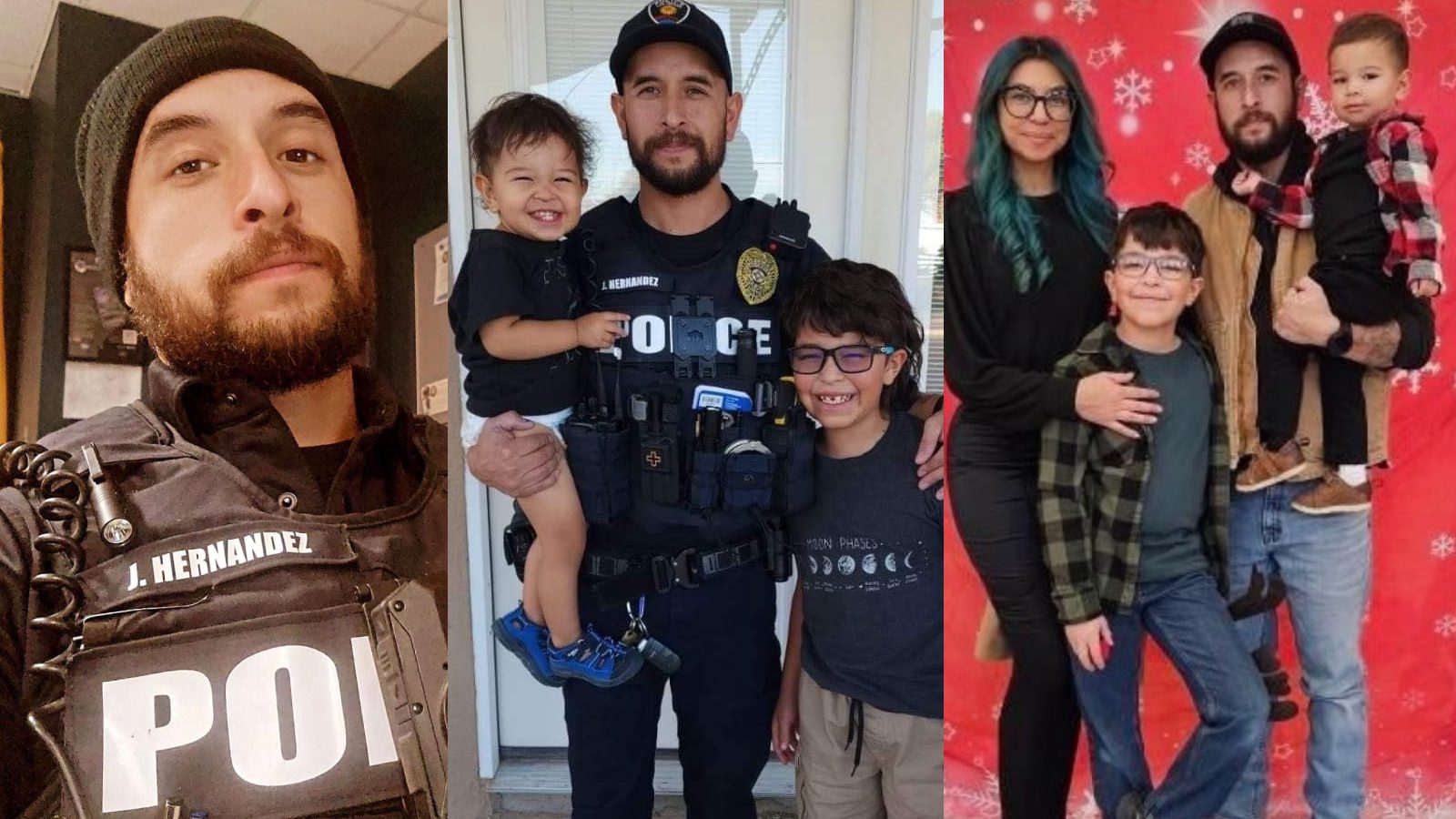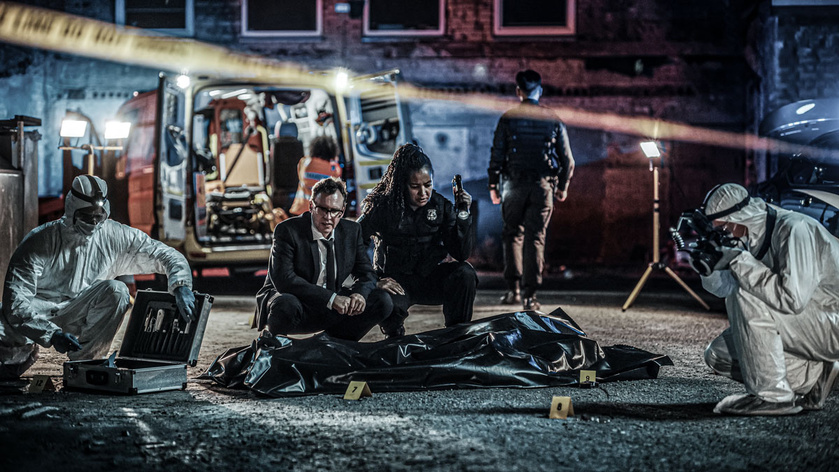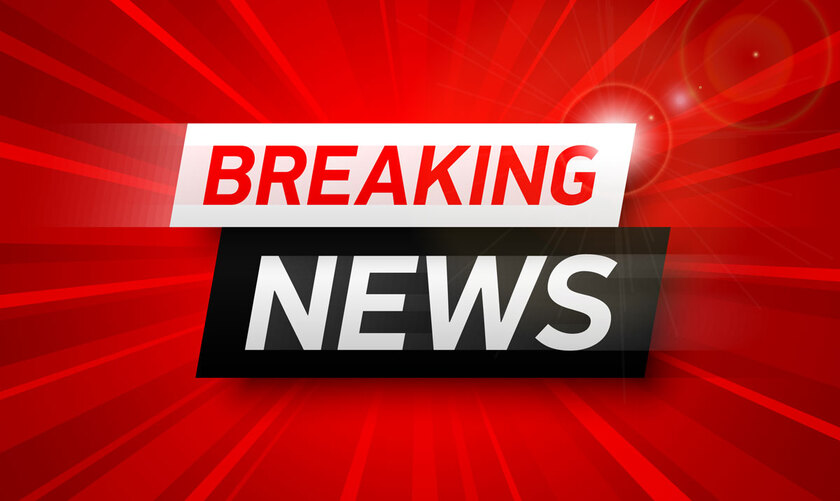Cutting Corners On My Standard EP Loadout
I had the honor to be the primary agent protecting a great American man tonight at a fundraiser in Vero Beach, Florida.
This was my loadout. Not a lot of extras, just the important stuff if things hit the fan. This was the kind of event the most wealthy and successful citizens attend and local law enforcement had site security, I was only responsible for the keynote speaker.
If something were to go wrong and I needed to respond, it would most likely have been a very serious threat.
So, I carried a backup firearm, and a knife and given the circumstances I chose to run without body armor, however, I should have worn it even though there were no active threats on the principle. My job is to be a human shield if neccesary and I can’t absorb many rounds and still be an effective protector without body armor. It was hot, and I had significant distances to move if attacked so I opted to be more agile and not overheated. I chose to take a risk but it was an unnecessary one and a bad decision on my part.
But, everything went smoothly and our principle was happy but the important thing after every operation is to evaluate what went well and why, and what can be done better next time and why so that each experience makes us better and so we have something of value to share with others.
Stay safe out there and cutting corners is usually a bad idea.

